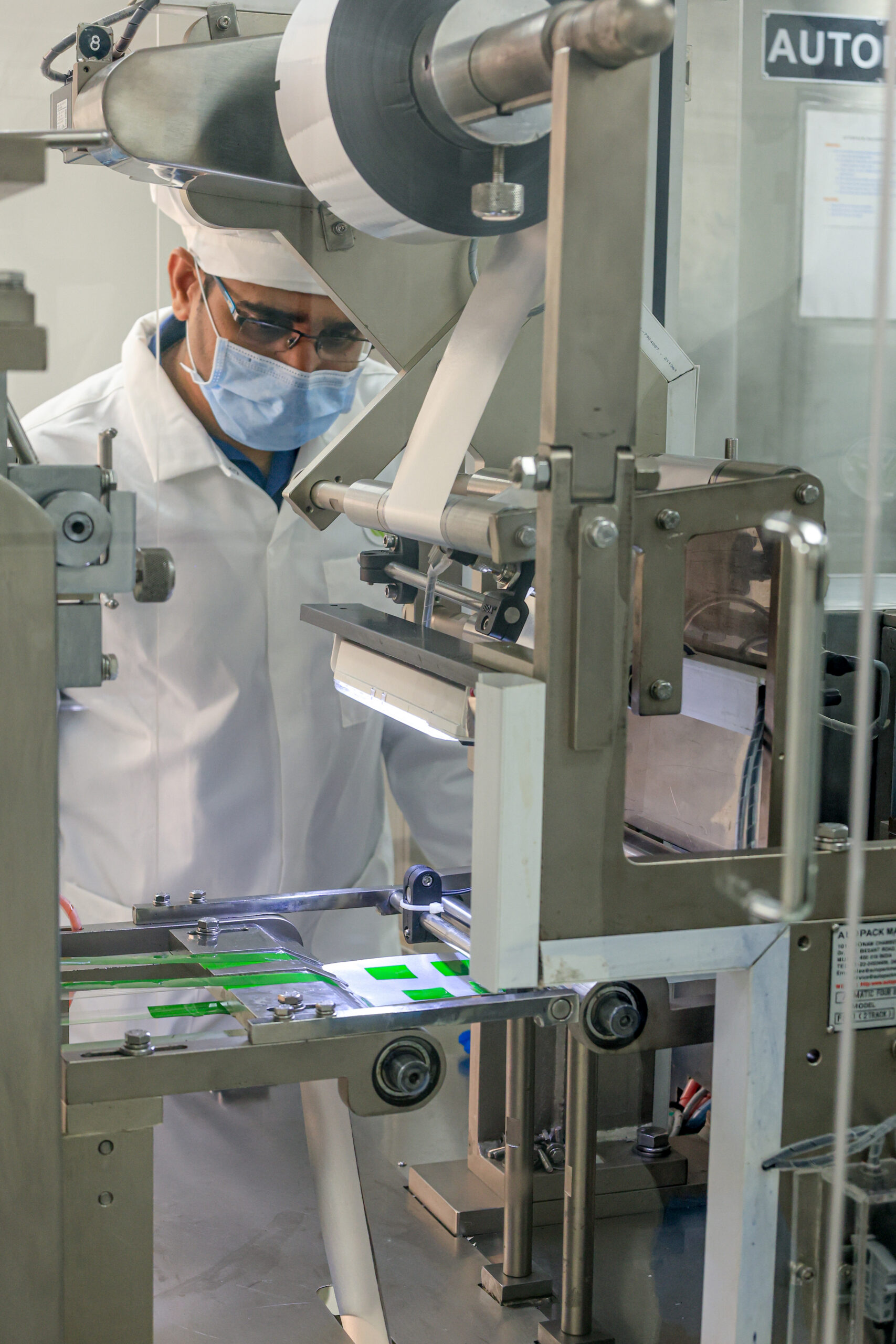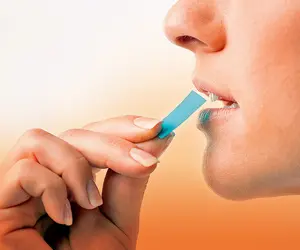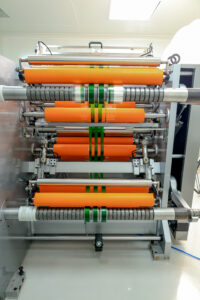
Revolutionizing Drug Delivery: Advances in Buccal and Sublingual Film Technology
Buccal (cheek) and sublingual (under-the-tongue) films represent a paradigm shift in non-invasive drug delivery. By leveraging the rich vascular networks of the oral mucosa, these thin, dissolvable strips bypass gastrointestnal degradation and hepatic metabolism, The integration of pH-responsive coatings represents another major advancement in buccal film technology. Such systems ensure site-specific drug release enabling:
-
Rapid onset (therapeutic effects in 5-15 minutes)
-
Enhanced bioavailability (up to 2.3x higher than oral tablets)
-
Improved patient compliance (ideal for pediatric/geriatric populations)

Cutting-Edge Formulation Strategies
Mucoadhesive Polymer Engineering
The core innovation lies in polymers that adhere to moist oral tissues, prolonging drug contact:
| Polymer | Mechanism | Advantage |
|---|---|---|
| Chitosan | Electrostatic binding to mucin glycoproteins | Enhanced residence time (4-6 hours) |
| Carbopol | Hydration-induced swelling | pH-responsive drug release |
| HPMC-PVA blends | Entanglement with mucosal layer | Tunable dissolution (5-30 min) |
Patent Insight: US 10,548,844B2 combines chitosan-carbopol for synergistic adhesion across salivary pH fluctuations.
Nanoparticle Integration
Embedding 100-300 nm carriers transforms film functionality:
-
Lipid/PEGylated nanoparticles: Protect biologics from enzymatic degradation
-
pH-sensitive nanospheres: Release drugs at mucosal pH (6.8-7.4)
-
Niosomes: Improve metoprolol bioavailability by 40% vs. tablets
Clinical Impact: Estradiol-loaded PEG-nanoparticles show 2.3x higher systemic exposure than oral tablets.
Drug Absorption: Breaking the Mucosal Barrier
Permeation Enhancement Technologies
| Technology | Mechanism | Bioavailability Boost |
|---|---|---|
| Bile salts | Transient tight junction opening | 55-70% for peptides |
| Dissolving microneedles | Create microchannels in epithelium | 80% for insulin |
| Cationic nanoparticles | Electrostatic mucosal penetration | 3.2x deeper drug uptake |
Anatomic Targeting
-
Sublingual route: 100-200 μm thin epithelium → rapid absorption (e.g., nitroglycerin for angina)
-
Buccal route: Thicker mucosa → sustained release (e.g., hormone replacement)
Preclinical Validation: Porcine models confirm 92% correlation with human transmucosal flux.
Clinical Applications: Evidence-Based Superiority
FDA-Approved Film Therapies
| Product | API | Onset | Bioavailability | Indication |
|---|---|---|---|---|
| Suboxone Film | Buprenorphine/Naloxone | 15 min | 85% | Opioid addiction |
| Onsolis | Fentanyl | 30 min | 70% | Breakthrough cancer pain |
| BEMA Estradiol | Estradiol | 45 min | 2.3x vs. oral | Menopause |
Nanotechnology Breakthroughs
-
Vaccine delivery: Multi-layered nanofibrous films co-deliver antigens/adjuvants to sublingual dendritic cells
-
Personalized dosing: 3D-printed films with gradient drug loading (e.g., inkjet-printed indomethacin)
-
Long-acting analgesia: Ropivacaine liposomal gels (8+ hours duration)

Overcoming Development Challenges
Scalability & Manufacturing
| Challenge | Innovative Solution |
|---|---|
| Batch inconsistency | Roll-to-roll continuous casting |
| Nanoparticle aggregation | Microfluidic synthesis + lyophilization |
| Dose uniformity | Piezoelectric inkjet printing |
Regulatory & Biocompatibility Hurdles
-
pH modulation risks: Citric acid enhances solubility but causes enamel erosion at pH<5.5 → Solution: Enteric coatings activated at pH>6.5
-
Mucosal irritation: Surfactants disrupt epithelial barriers → Solution: Thiolated chitosan (covalent mucin binding)
-
Nanotoxicity concerns: Rigorous MALDI-MSI imaging to map tissue distribution
Regulatory Pathway: FDA’s 505(b)(2) leverages existing drug data for faster approval (e.g., Suboxone Film).
Future Frontiers
Intelligent Delivery Systems
-
Stimuli-responsive films: Temperature/pH-triggered release (patent US 11,234,567)
-
Real-time monitoring: Embedded biosensors track drug plasma levels
-
AI-optimized formulations: Machine learning predicts permeation enhancer efficacy
Personalized Medicine
-
Pharmacogenomic films: CYP2D6 metabolizer status-guided buprenorphine dosing
-
Point-of-care fabrication: Clinic-based 3D printing for dose/geometry customization
Conclusion: The Next Decade of Mucosal Delivery
Buccal/sublingual films are poised to transform treatment paradigms for:
-
Emergency conditions (e.g., opioid overdose reversal)
-
Chronic therapies (e.g., Parkinson’s, hormone disorders)
-
Pediatric/Geriatric care (dysphagia-friendly formats)
Critical priorities:
-
Standardized preclinical models (ISO 10993-10 for mucosal irritation)
-
Global regulatory alignment on nanoparticle characterization
-
Green chemistry principles for sustainable polymer synthesis
“These technologies aren’t just alternatives to pills—they’re precision-targeted solutions that respect patient physiology.” – Journal of Controlled Release, 2024
